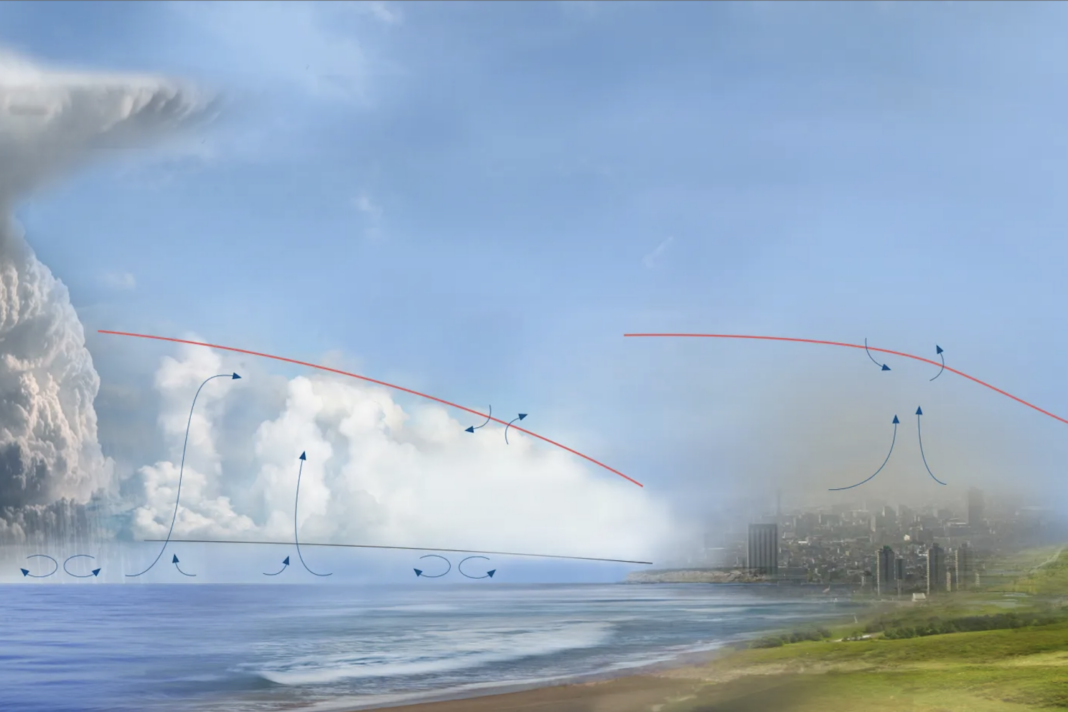In Short:
The planetary boundary layer (PBL) is a crucial part of the atmosphere that influences weather near Earth’s surface, affecting human health and climate. Research by Lincoln Laboratory focuses on using deep learning techniques to better understand the PBL, improve storm forecasting, and predict droughts. Collaborations with NASA show promise in enhancing drought prediction accuracy and creating valuable tools for long-term use.
Improving Weather Forecasting and Climate Projections
Traditionally, the troposphere has been considered the closest layer of the atmosphere to the Earth’s surface. However, recent scientific focus has shifted to the planetary boundary layer (PBL), the lowest part of the troposphere, as a key influencer of weather patterns and climate changes. Identified as a crucial scientific concern in the 2018 planetary science decadal survey, the PBL has the potential to enhance storm forecasting and refine climate projections.
Studying the Planetary Boundary Layer
Adam Milstein, a technical staff member in Lincoln Laboratory’s Applied Space Systems Group, emphasizes the significance of the PBL in weather and climate studies. The interactions between the surface and atmosphere within the PBL influence severe weather events, climate variations, and air quality, impacting human health. Despite its importance, key features of the PBL, such as its height, are challenging to accurately measure with current technology.
Advancements in PBL Research
Over the past four years, Lincoln Laboratory has focused on advancing PBL research through two primary approaches. Firstly, utilizing machine learning techniques to create 3D-scanned atmospheric profiles, and secondly, improving the vertical structure resolution for more precise drought prediction. These efforts build on a decade of work on neural network algorithms for NASA missions, enhancing data collection and analysis.
Deep Learning for Enhanced Insights
Recognizing the limitations of existing shallow neural network approaches, the laboratory has transitioned to deep learning techniques for a more comprehensive understanding of the atmosphere. Collaborating with NASA experts, the team has demonstrated the improved accuracy of PBL height determination and the potential for better drought predictions using these advanced algorithms.
Impact on Drought Prediction
The ability to predict droughts accurately is essential in addressing global climate challenges. By incorporating deep learning and AI techniques, Lincoln Laboratory aims to enhance drought prediction models over the continental United States. This innovative approach, developed in collaboration with NASA’s Jet Propulsion Laboratory, shows promise in improving the accuracy and reliability of drought forecasts.
Future Outlook
The next phase of this project involves validating the deep learning results against data collected directly in the PBL. By comparing these outcomes with established datasets, researchers aim to quantify the accuracy and effectiveness of the new neural network approach. With continued support from Lincoln Laboratory’s Climate Change Initiative, this groundbreaking research is poised to revolutionize drought prediction and climate science for years to come.





